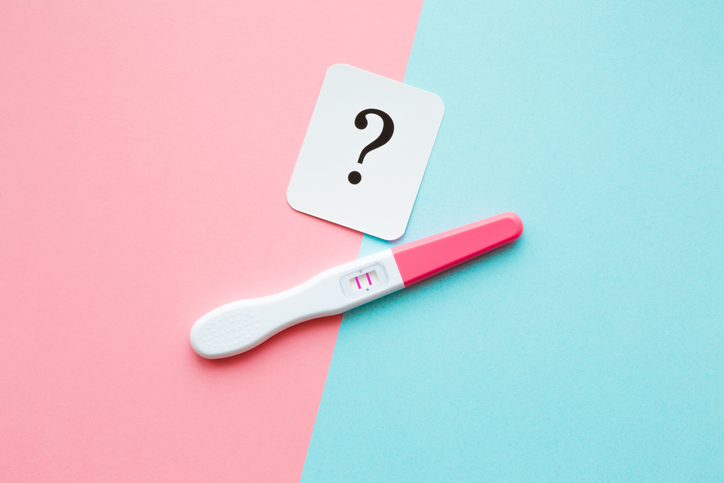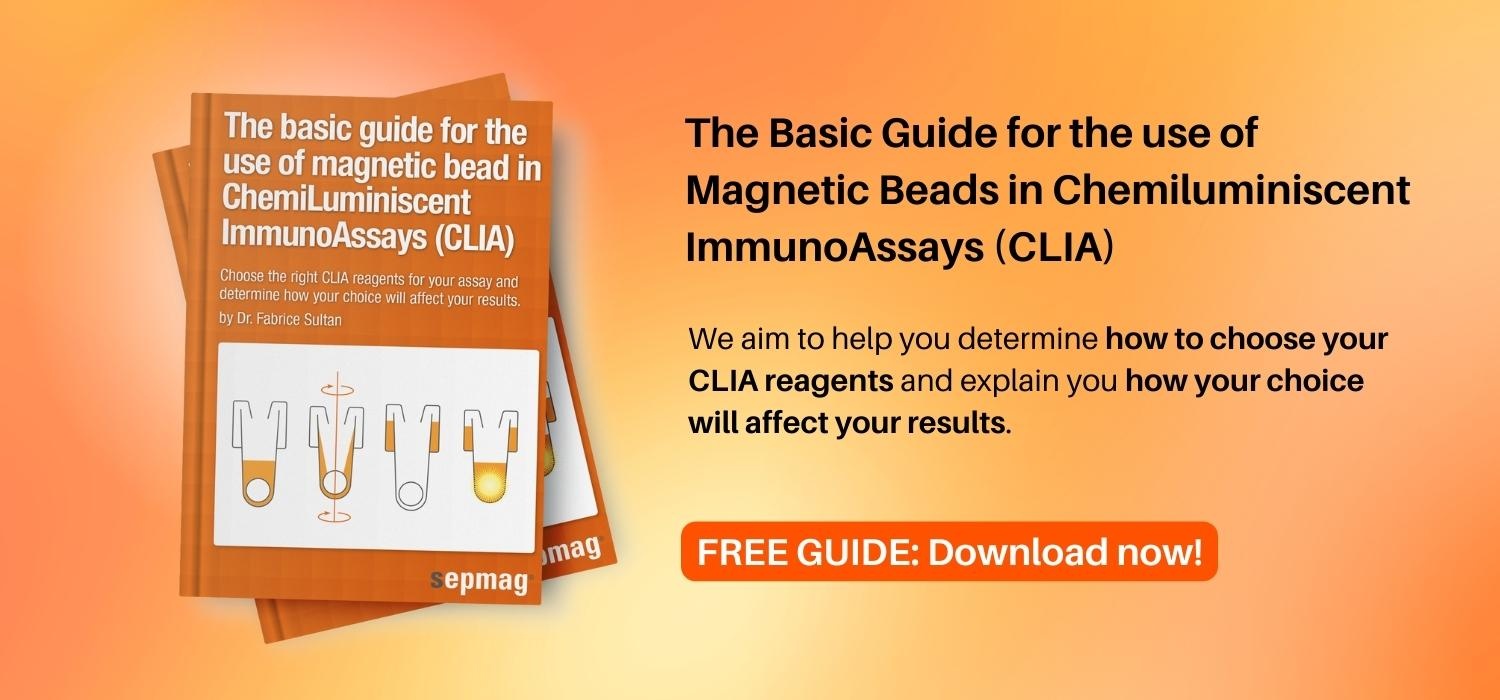A lateral flow immunoassay is an easy-to-use and inexpensive paper-based device used to detect the presence of specific protein in fluid. The basic immunoassay works by taking advantage of the lock-and-key specificity of antibodies and their corresponding antigens. In the case of a lateral flow immunoassay the capture antibodies are printed onto a paper strip and the liquid moves across it via capillary action. The presence of the target antigen is detected by a colorimetric change on the strip of paper, which also makes the lateral flow assay an example of immunochromatography. The principle component of most immunochromatography devices is usually gold nanoparticles or an enzyme-conjugated bead; the gold nanoparticles have a red hue, and enzyme conjugated beads produce a colorful product when a substrate is introduced into the system. In both instances a positive test result is visible to the naked eye. Most lateral flow immunoassays are qualitative tests, which means that a color change on the test line indicates a positive result while the lack of color indicates a negative result. There is a significant amount of research invested in the development of quantitative lateral flow immunoassays in which numerical analysis of protein concentration is possible.
How a lateral flow immunoassay works
An immunoassay uses antibodies to detect specific antigens. Antibodies are naturally produced by the active immune system to recognize and bind to identifying proteins on the surface of invading pathogens. This lock-and-key specificity is very useful in the development of assays to detect the presence of target protein antigens. There are different formats of immunoassays, and they all vary in the order of binding between antibody, antigen, and label. The label is the part that provides a readout for the assay. In the case of the lateral flow assay, gold nanoparticles are the most commonly used because they are easy to conjugate with capture antibodies, they are inexpensive to produce in reliable nanometer sizes, and they travel easily on nitrocellulose without causing background nonspecific reactions. The result is a clean red line on the test strip with high assay specificity.
The lateral flow immunoassay is composed of a sample pad where the fluid is deposited, a conjugate release pad which contained nanoparticles complexed with antibody, a test line containing antibodies specific to the target antigen, a control line that will bind the antibodies complexed to the nanoparticles, and an absorbant pad that draws the fluid across the membrane. The lateral flow immunoassay works as a sandwich assay in which the capture antibody is conjugated to the gold nanoparticles and another antibody is adhered to the test line. These antibodies both bind the target antigen, but recognize different epitopes. If the antigen is present in the fluid sample then it will bind to the gold nanoparticles and travel the length of the nitrocellulose strip and also bind to the IgG antibodies immobilized at the test line resulting in an antibody-antigen-antibody-gold nanoparticle complex of a red color. If the antigen is not present then there is nothing keeping the gold nanoparticles adhered to the test line and it will remain colorless. The control line will always bind the antibody-conjugated gold nanoparticles whether the antigen is present or not, which indicates that the assay is working correctly.
Benefits of the lateral flow immunoassay
The lateral flow immunoassay is very inexpensive because nitocellulose is readily available and relatively cheap. If all that is needed is a yes or no answer then there is no need for expensive quantitative equipment because the result is obtained with the user’s eye. The lateral flow immunoassay can be used by anyone in the comfort of his or her own home. The usefulness of this is easy to see with the home pregnancy test, which is the most well-known example of the lateral flow immunoassay. There is an obvious market for tests that can be used in the privacy of one’s own home and provide immediate results.
The future of the lateral flow immunoassay
The lateral flow immunoassay would be more valuable as a biosensing device if it were capable of producing a reliable quantitative result without requiring expensive optical equipment. There is a significant amount of work being done to integrate the assay with a smartphone running a custom-made application for quantitative measurement. The challenge to making this work consistently is being able to line up the test line in exactly the same position in front of the camera and to ensure that the same exposure time and other camera settings remain consistent. This often requires an additional device to integrate with the smartphone. This is probably fine for medical or technical professionals using the device for fieldwork or in a point of care setting, but is perhaps impractical for the everyday consumer. Such devices may someday be in the hands of laymen, but it will take a significant amount of work in quality control and software tuning to achieve the consistency, reliability, and sensitivity required. Until then, there is still a large market for qualitative lateral flow immunoassays where a simple device that yields a yes or no answer at home in minutes is highly desirable.
Related news
- Nanobeads in biotechnology
- Single Cell isolation
- Isolation of CTCs from centrifuged blood and immunomagnetic separation





